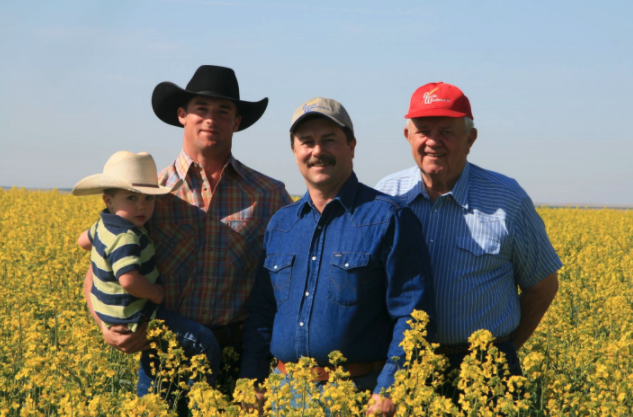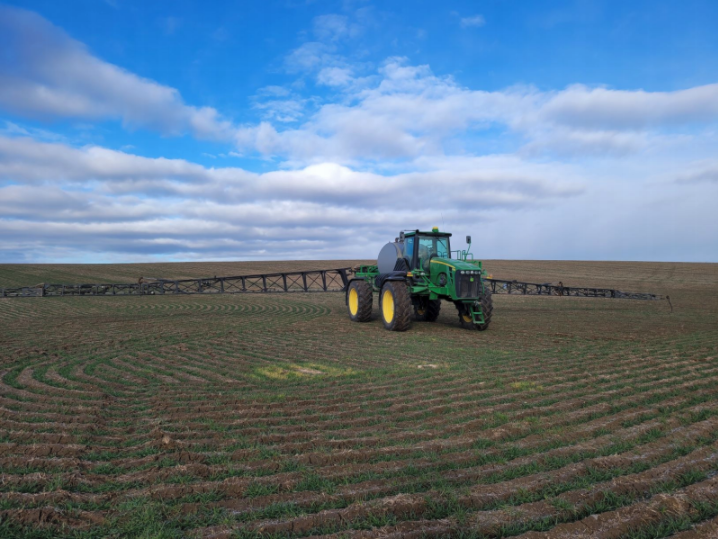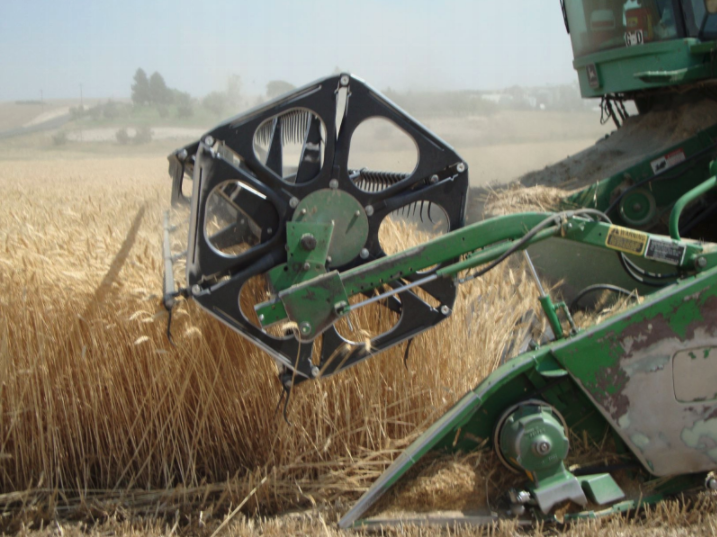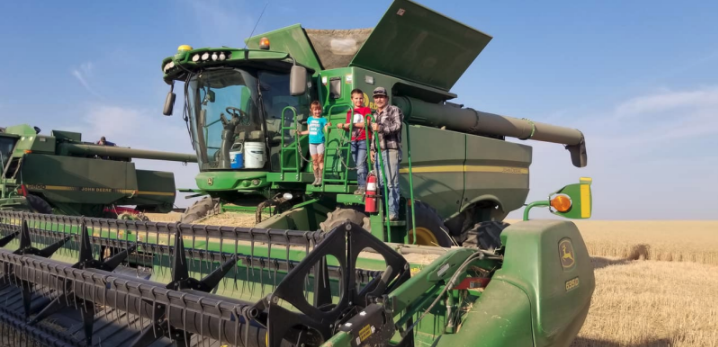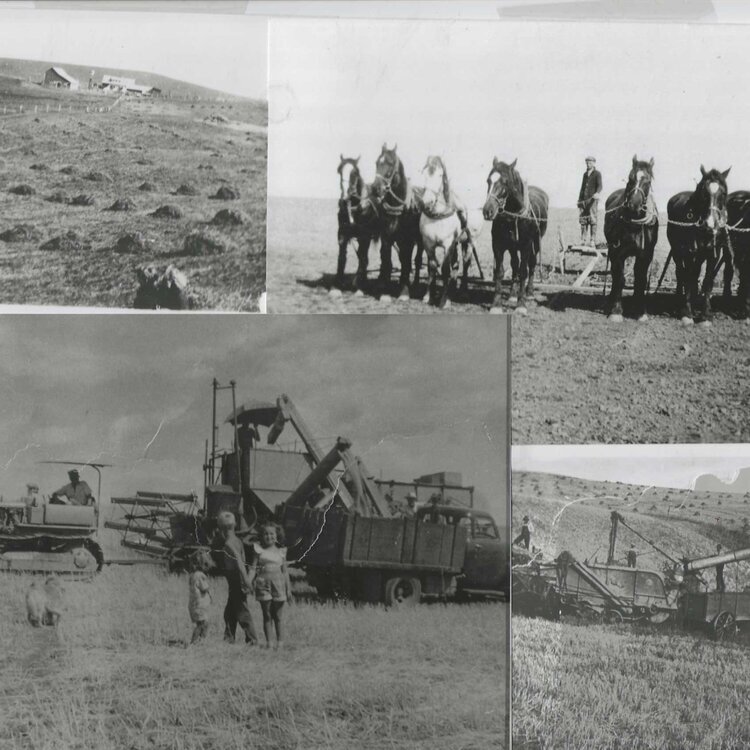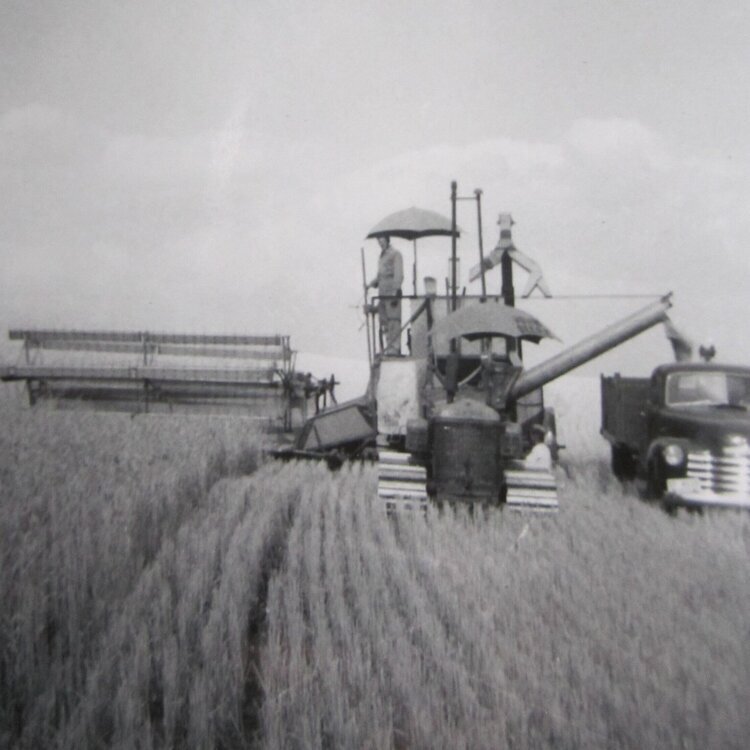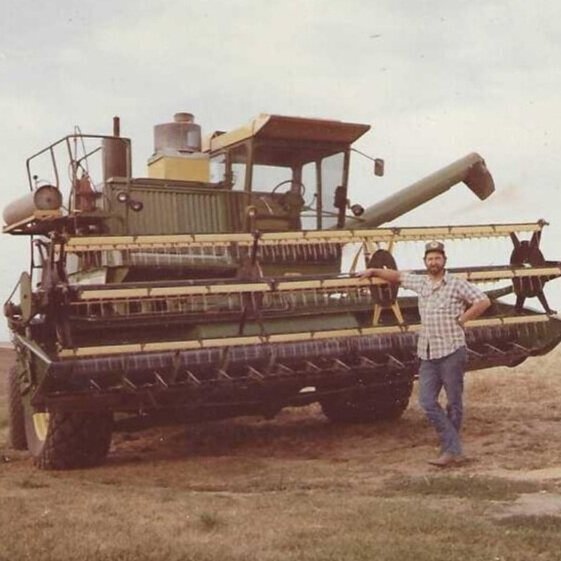Heinemann Farm
HEINEMANN FARM
History:
In the late 1800’s, three families emigrated from Eastern Europe to settle near ritzville. Little did they know that their stories would be woven together more than 100 years later.
Learn about all three stories here.
The Heinemann homestead.
William and Anna Heinemann emigrated from Hesse, Germany, and homesteaded 4 miles south of Ritzville in 1886.
Their son, Alfred Heinemann was born on the homestead in 1896. Twenty years later, Alfred married Emma Zellmer and moved into the large Heinemann family home. There they raised five children: four sons and one daughter.
The Heinemanns farmed with horses until 1930 - they originally grew dryland wheat and rye (to feed the horses).
The 1920's were good years followed by the Depression, a disastrous time for farmers plagued with two problems: little money and less rain. Cars were put on blocks for lack of fuel: trucks used sparingly, and those who had tractors wondered if they'd made the right choice. Alfred purchased his first gasoline tractor in 1930, and started hauling wheat to the Ritzville warehouse by truck in 1933.
When Alfred and Emma were ready to retire, their son Wilmerd took over farming the Heinemann ground.
In 1981 when Wilmerd and his wife Helen retired and moved into Ritzville, they leased the ground to their nephew, Mark Schoesler. Mark continues to this day farming this land in partnership with his sister Gail, Heinemann cousins and Aunt Eleanor Heinemann.










